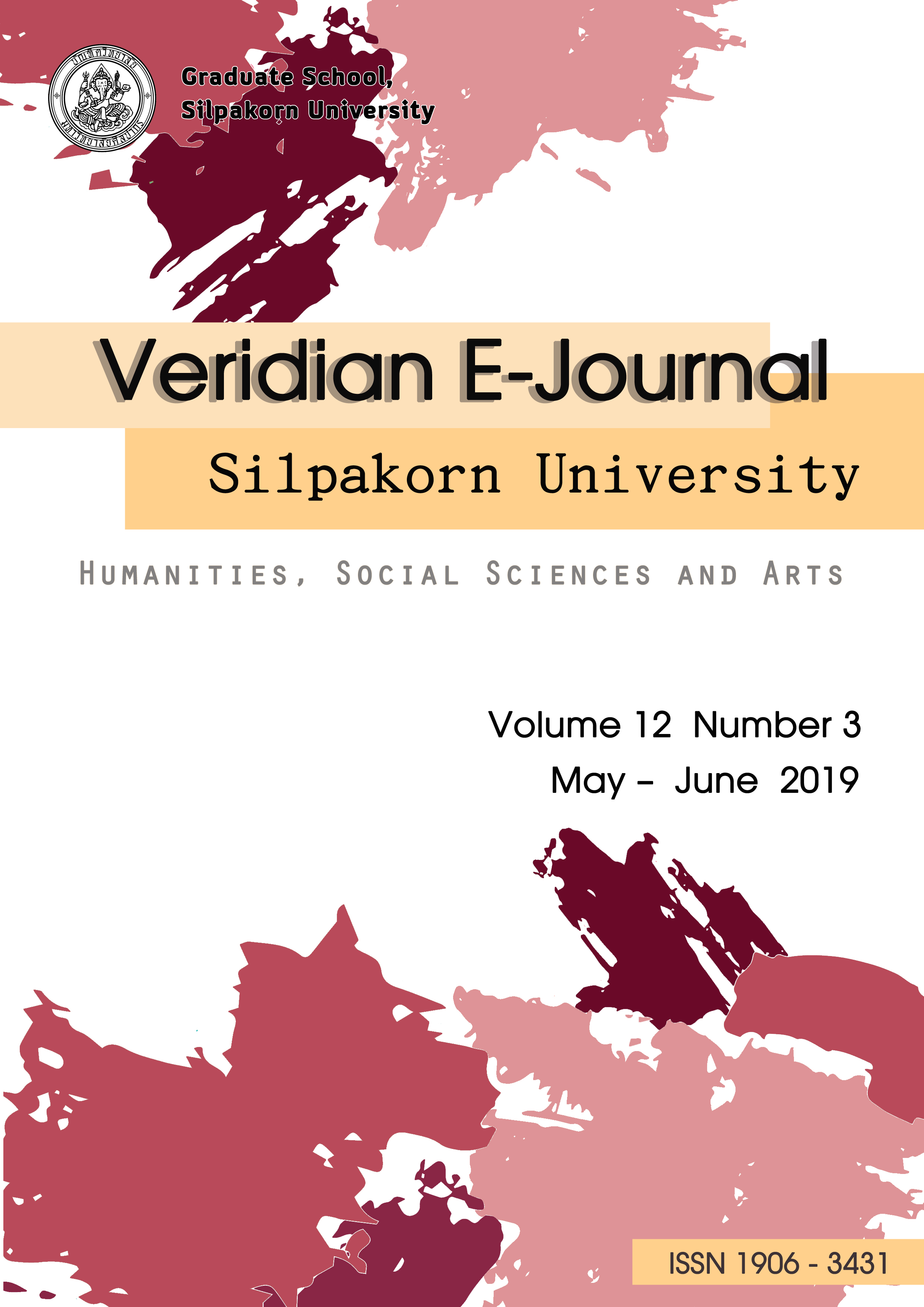An Analytical Study of Figurative Language Used in Emily Dickinson’s Selected Poems
Main Article Content
Abstract
The objectives of this study are to identify the type of figurative language used and analyze and interpret the meaning of the figures of speech found from a selection of 30 poems from the total of 1775 poems which were composed by Emily Dickinson as the data. Fourteen types of figurative language were used as the framework of analysis: allusion, apostrophe, hyperbole, irony, litotes, metaphor, metonymy, oxymoron, paradox, periphrasis, personification, simile, symbol, and synecdoche.
The findings show that there are 436 samples of 14 types of figurative language in 30 poems. The most frequently found type of figurative language was personification, yielding 160 samples in 20 poems. And the second highly found is metaphor with 125 samples from 28 poems. Moreover, the poems “All overgrown by cunning moss,” are found to have the biggest amount of figurative language, and contain 7 types: allusion, hyperbole, metaphor, metonymy, personification, symbol, and synecdoche. The findings of this study illustrates the poet’s genius for using figurative language to create a variety of poetry that conveys her emotion, and imagination relating to everything surrounding herself beautifully, vividly, and profoundly.

